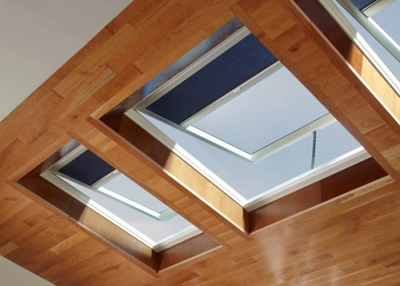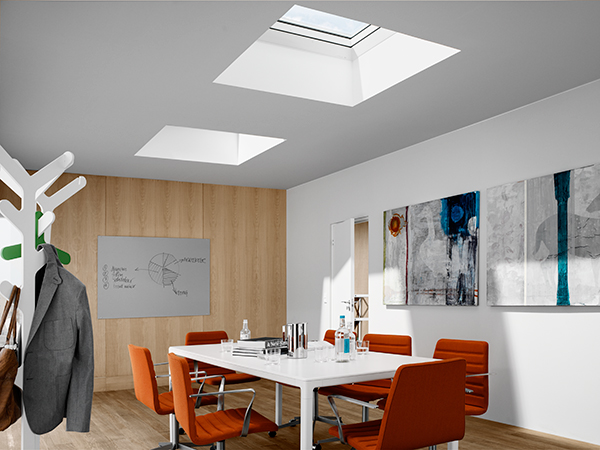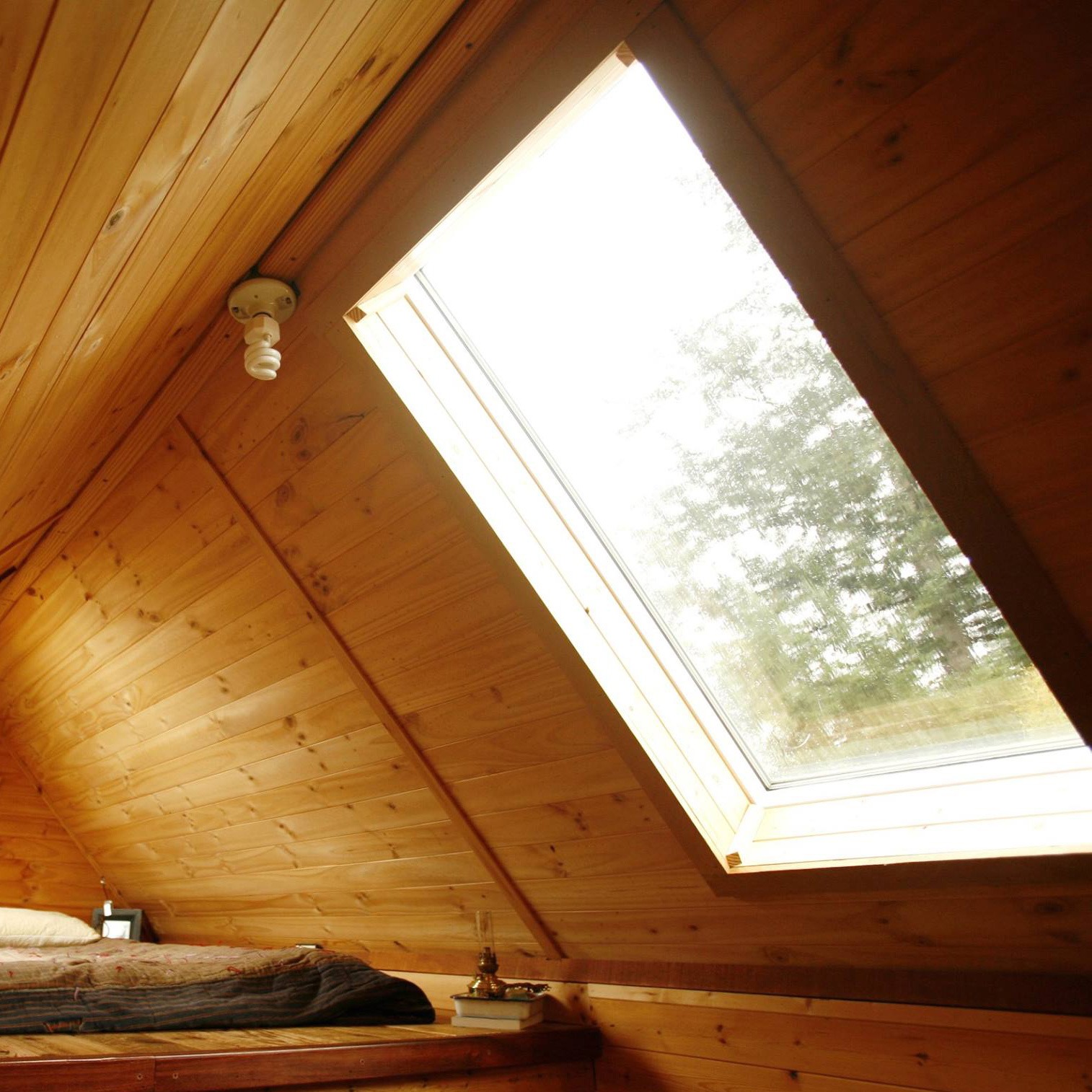Skylights: The Essentially Sloped Window
The essentially sloped window that is installed on the roof instead of the wall is called a skylight. These installations consist of a piece of insulation that glazes similar to a clear material made of glass that is held in a frame made of aluminum. There are two main categories of residential skylights:
Fixed or Non-Operable Skylights
These are skylights that do not open as they are airtight and energy efficient. Some of them have a shape that is similar to a dome.

Operable Skylights
These skylights open and allow the entry of warm hair to escape the house whenever it is summer so that cooler air will get drawn in through the windows. This is essentially referred to as a “roof window.”

The common skylights are the ones that are large domed or flat paneled. However, it is also possible to have tubular skylights installed. These are made of a flat lens and a small-domed lens that is inserted into the ceiling. The tube has a reflective inner surface that allows the connection of the two lenses to transmit the light into the house. These can be easier to install compared to the traditional skylights but they cannot provide enough sunlight.
Structure

Typically, skylights are composed of the following:
-
Gaskets
These gaskets drain condensation outside.
-
Infill panels
These panels are generally composed of glass as well as other translucent products that provide insulation such as fiberglass sheets. They allow solar light and heat to get through the roof and enter the building.
-
Supporting rafter
Spanning the skylight are supporting rafters that camp it in and hold it in place in the roof.
Function

There are a few important functions performed by skylights. Initially they assist in cooling and warming a home. Whenever it is summer, they allow the escape of hot air as long as they are opened. It allows the home to get insulated during winter. They also let natural light to enter a home and minimize energy costs. The skylight surface and its exterior appearance may get determined by the used glazing so they may also become installed for the purpose of aesthetics.
Heat Loss in Skylights
Keeping comfort in the internal environment against the external environment is one of the skylight’s main purposes. This is completed partly through controlling the temperature within the building. It is essential to control the loss of heat in skylights so you can maintain an internal climate that is ideally comfortable. Skylights sometimes experience loss of heat whenever their heat transfer mechanisms experience air leakage. These are the types of heat loss that may occur in relation to skylights:
- Air Leakage – This involves the transfer of heat as air moves through the frame’s gaps because of the skylight’s manufacturing or installation.
- Conduction – It involves heat moving through the skylight’s solid parts which mainly involve the frame.
- Radiation – Since the glazing of the surface absorbs the heat, it is re-radiated to the external or internal environment, whichever may be cooler.
- Convection – This is lost heat due to air movement in or near the space between the frame and the glass.
It may not be possible to completely put a halt to the loss of heat through skylights but there various ways to have it reduced significantly.
Energy Efficiency

In general, fenestration is the main reason for the loss of heat in a home. In this case, skylights are not an exception. You may prevent heat loss by including the following design features:
-
Glazing
The glass itself is what glazing refers to. The use of glazing with a variety of properties can have a drastic effect on the skylight’s performance.
-
Weatherstripping
The use of the seal between the glaze and the frame is weatherstripping. Aside from minimizing the skylights’ air leakage, weatherstripping also allows rain to stay outside and helps in minimizing the exchange of noise from the surroundings to the home’s interior.
-
Glass with Low-Emissivity
The glass in the skylights has a special e-coating that can minimize the amount of heat and light that is transferred because of radiation.
Skylights that have a lower structure that holds the glass can be more efficient compared to those that are holding up the glass higher.

